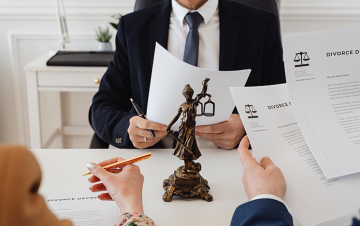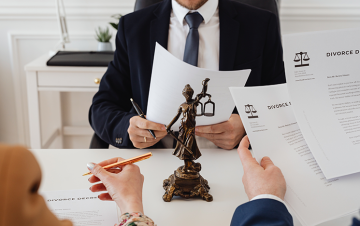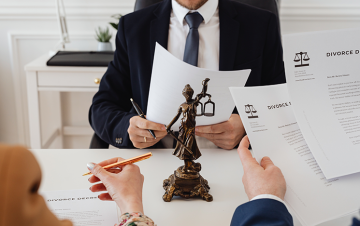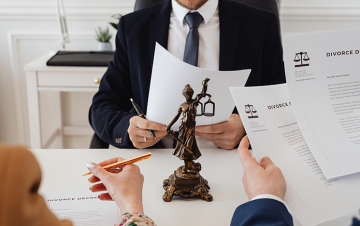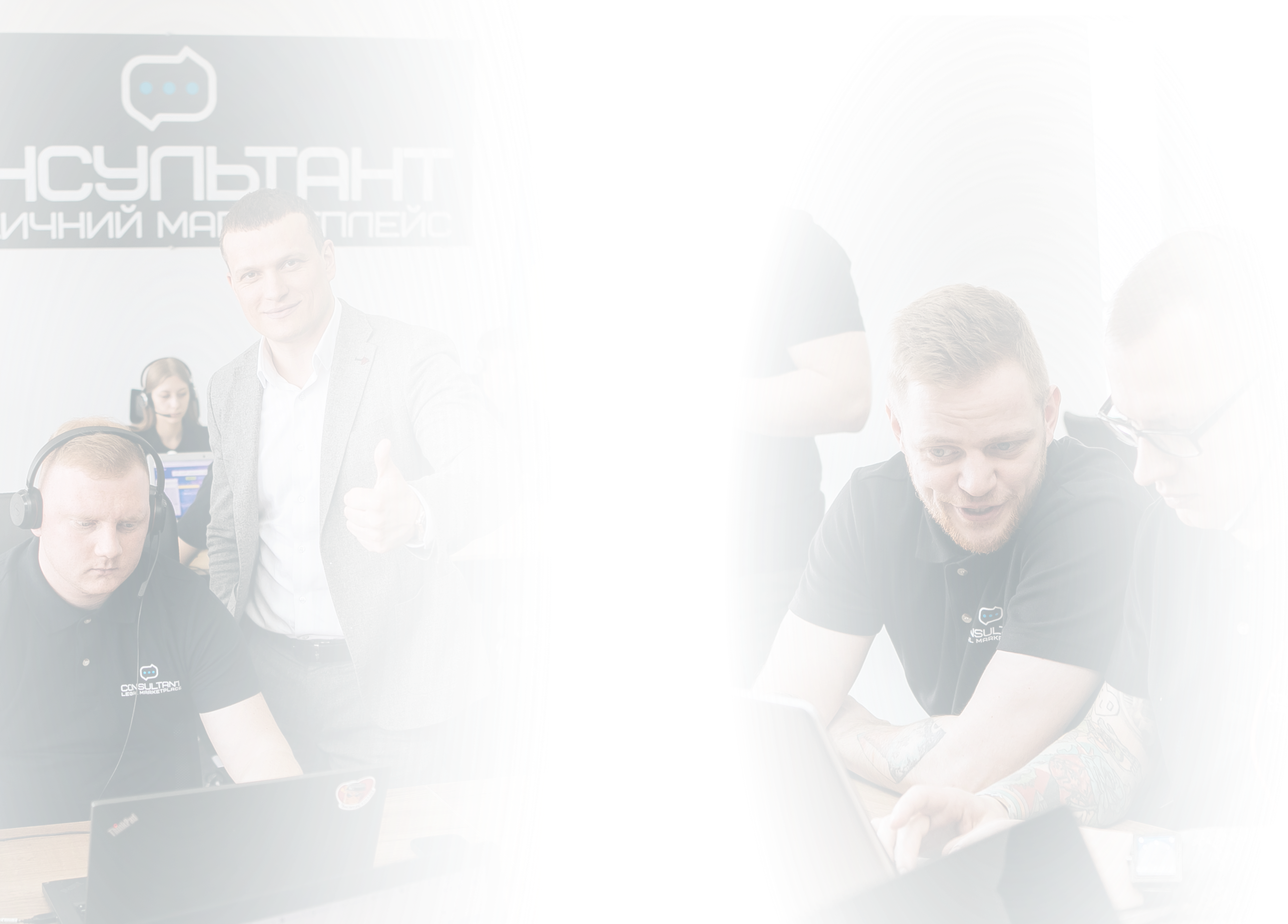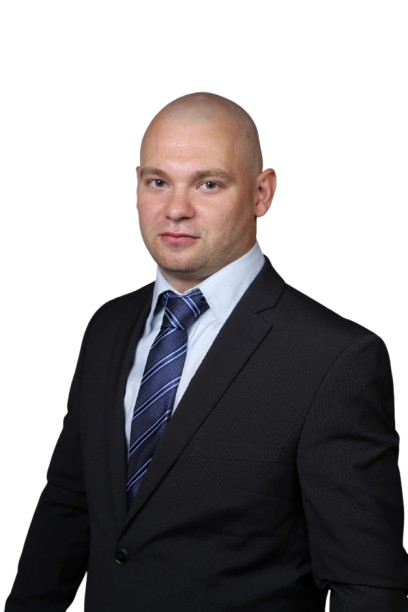Guardianship of a person with group 3 disabilities
Guardianship of a group 3 disabled person can also be called guardianship over a person with disabilities, guardianship for a disabled person, or legal guardianship. Guardianship of a person with group 3 disabilities is an important issue that requires attention and legal registration. In this article we will look at the process of registering guardianship of a group 3 disabled person, the necessary steps, and practical aspects that are important to consider. Group 3 disability refers to the category of disability, which is defined as a serious limitation in a person’s life. People belonging to this group need constant care, support and protection.
Guardianship of a group 3 disabled person aims to ensure the protection and rights of a person whose life and activity are limited by disability. Guardianship provides a legal mechanism that ensures that the interests of a person with a disability are protected and respected. Group 3 disabled people in Ukraine are people whose health limitations significantly affect their ability to work, but at the same time they have the opportunity to perform certain types of work, taking into account their health status and abilities. In accordance with Ukrainian legislation, disabled people of group 3 are persons whose ability to work is reduced by more than 50%, but they are capable of performing certain jobs that require consideration of their health status and capabilities.
Legal steps for establishing guardianship over a person with a disability of group 3
Below are the main stages of this process:
- Initial consultation with a lawyer. The lawyer should tell you about the entire process of registering guardianship over a group 3 disabled person. Preparation of all necessary documents: Application for the appointment of a guardian, medical reports on the health status of the disabled person, documents confirming the identity of the guardian - all these documents are usually required to begin the guardianship procedure.
- Participation in a medical examination: In some cases, it may be necessary for a disabled person to participate in a medical examination, which will determine the degree of his disability and the need for guardianship.
- Decision of the competent authority: After reviewing the submitted documents and the results of the medical examination, the competent authority decides to appoint a guardian.
- Judicial approval: In some cases, the decision to appoint a guardian may be confirmed by the court.
- Drawing up a guardianship agreement: After the appointment of a guardian, a guardianship agreement is drawn up between the guardian and the disabled person or his legal representative.
- Registration of the agreement: In some countries, it is necessary to register the guardianship agreement with the competent authorities or institutions.
- Maintaining Records and Reporting: The guardian is required to maintain documentation of the condition and needs of the person with a disability, and to provide reports on his activities to the competent authorities upon request.
These stages create a clear structure for the guardianship process, helping to avoid mistakes and ensure the protection of the rights of the disabled person.
Under what conditions can a guardianship service be provided for a person with a disability of group 3?
The service of guardianship registration for a disabled person of group 3 can be provided in situations where a person with a disability needs constant help and support due to physical or mental limitations. A prerequisite is the availability of medical documents confirming the disability, in particular, medical expert opinions on the degree of limitations and the need for care. The future guardian must meet the requirements of the law, demonstrating a willingness to provide proper care and fulfill all the duties provided for by this role. In addition, the registration process must comply with all the norms and requirements of the legislation of the country or region where the service is provided, including the need to submit an application, collect documentation and follow established procedures.
Under what conditions can a guardianship service not be provided for a person with a disability of group 3?

If the disabled person does not agree to guardianship or is not recognized as having limited legal capacity.

Lack of necessary documentation.

Violation of procedural rules.
How can I independently arrange guardianship over a person with a disability of group 3?
Self-registration of guardianship over a group 3 disabled person can be a complex process that requires care and compliance with legal requirements.
- Research the Law: The first step is to research the laws in your country or region regarding guardianship of persons with disabilities. This will help you understand the requirements, procedures and rights associated with the issue of how to obtain guardianship over a group 3 disabled person.
- Gather required documents: Gather all necessary documents, such as medical reports of disability, personal documents of the guardian and the disabled person, and any other documents that may be required in your region.
- Contacting the guardianship authority: After preparing the documents, contact the local guardianship authority or the authorized agency responsible for registering guardianship. Check with them about the requirements for documents and procedures.
- Filling out the application: Fill out the application for the appointment of a guardian in accordance with the requirements of the guardianship authority. Make sure that all data is filled out correctly and completely.
- Providing documents: Provide all necessary documents in accordance with the requirements of the guardianship authority. Make sure that the information provided is reliable and up-to-date in order to obtain guardianship of a group 3 disabled person.
- Follow the instructions: Follow the instructions and recommendations of the guardianship authority throughout the entire process. They may request additional documents or information as they review your application.
- Participation in the process: If necessary, participate in all procedures related to custody, such as a medical examination or court decision.
- Compliance with deadlines and requirements: It is important to comply with all deadlines and requirements established by the guardianship authority so that the guardianship process is completed successfully and without unnecessary delays.
These steps will help you register guardianship yourself, saving time and money.
Frequently asked questions about guardianship over a person with a disability of group 3
Question
What is guardianship over a group 3 disabled person?
Answer
Guardianship of a group 3 disabled person is a legal status that is granted to a person to provide assistance and support to a disabled person whose life activity is limited due to health reasons.
Question
How long does guardianship last?
Answer
The term of guardianship can be temporary or permanent depending on the circumstances. In some cases, guardianship may be terminated by a court or competent authority.
Question
What benefits are provided to disabled people of group 3?
Answer
Group 3 disabled people may have the right to social benefits, medical care, transportation benefits, as well as other forms of support and compensation in accordance with the legislation of their country.
What does the cost of a guardianship service for a person with a disability of group 3 depend on?
The price depends on several factors, including the complexity of the procedure, the need to collect medical documents confirming the state of health, as well as the scope of legal services, such as preparing applications to the court or guardianship authorities. An important factor is the qualification of the lawyer, the urgency of the procedure, possible additional costs for notarization of documents and court fees, as well as possible disputes between relatives regarding the appointment of a guardian.
ConclusionRegistration of guardianship over a disabled person of group 3 is a responsible process that requires careful preparation and compliance with legislative requirements. Depending on your needs, you can choose one of two ways: contact a professional lawyer or go through all the stages of the procedure yourself. In any case, it is important to take into account the interests of the disabled person and ensure his rights and safety.







